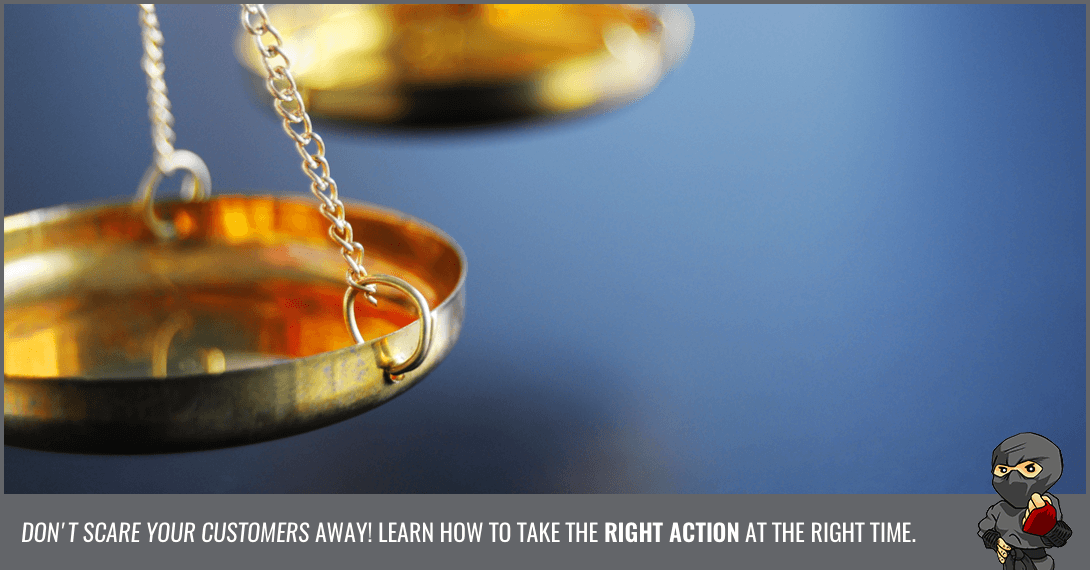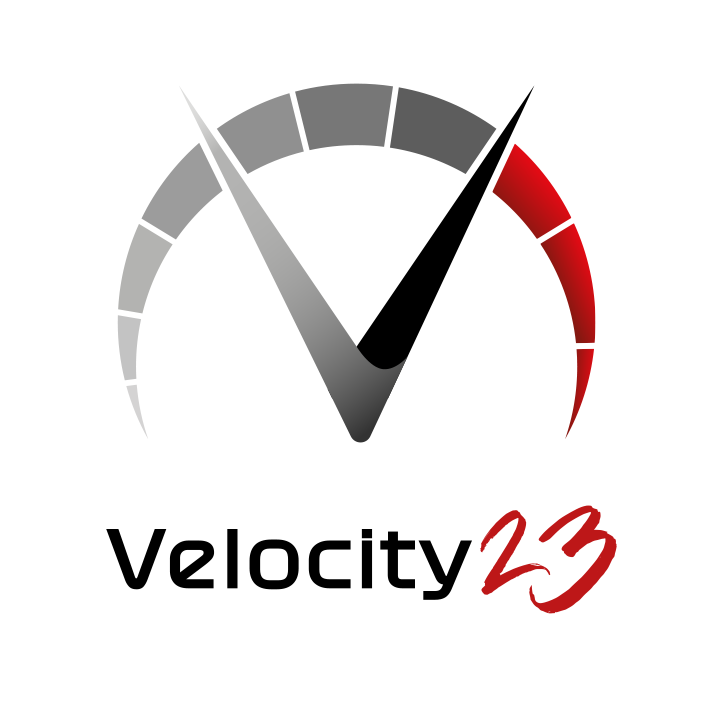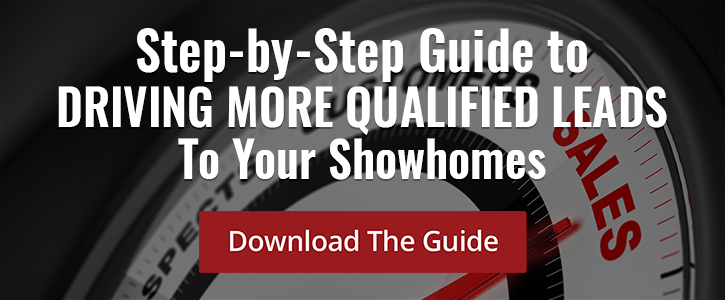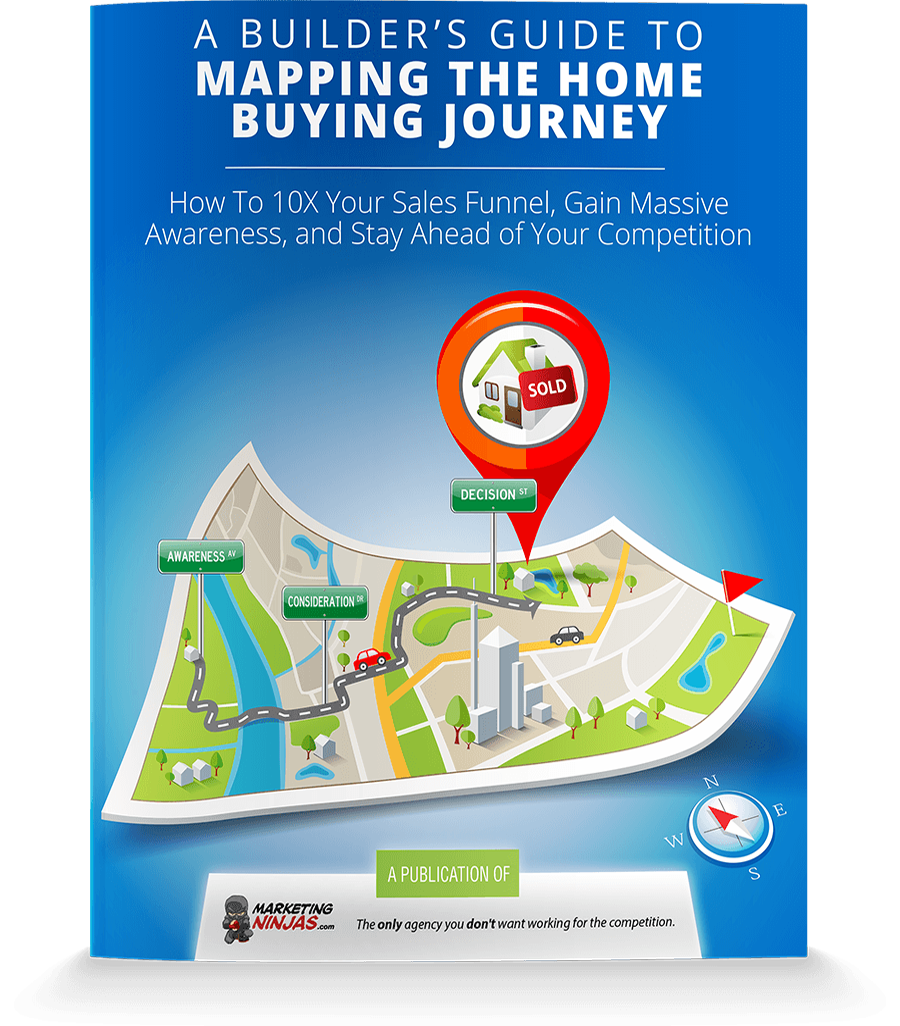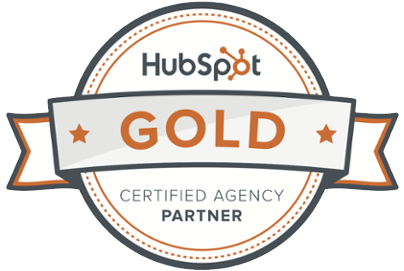We’ve said it before and we’ll say it again: there’s nothing more frustrating than 1) a pushy salesperson when you’re window-shopping or 2) a complacent one when you’re ready-to-buy. As a new home marketer, the consequences of either can be huge. Don’t scare your customers away and don’t miss out on opportunities to sell more homes- instead, understand not all homebuyer leads are created equal. That way, you'll be able to take the right sales or marketing action at the right time!
Reading time: 12 minutes
Level: Intermediate
Skip to the section you're most interested in:
One of the most important questions we’re asked by new home marketers is: “How can I be more efficient with the marketing resources available to me?". Our answer? Use the best strategies to find out where your prospects are in their home buyer’s journey and take the appropriate sales and marketing actions that follow. This is easier said than done, but it's a surefire way to drive more qualified leads into your showhomes.
Spending too much of your budget trying to hard sell "showhome window shoppers" or not selling hard enough to those who are ready to sign a contract is like having one foot on the gas and one on the brake at the same time. This is an extreme example, but it’s to illustrate a point: failing to approach your prospects with the right message at the right time could mean burning through your marketing budget with little or no return on your investment - the complete opposite of efficiency.
There are several notable reasons home builders lose out on sales, but here are the two most common:
1) They fail to tailor their sales process to where their prospects are in their home buyer's journey.
2) They don't focus enough on nurturing the leads who aren't ready to buy yet.
Let's avoid this scenario and dive a little deeper into how nurturing your home buyer leads properly can help boost business.
Guiding Your Prospects Along Their Home Buyer's Journey
If you've already downloaded our free guide on navigating the home buyer's journey, you've probably got a pretty good grasp on how to nurture your home buyer leads. This is important, especially in the home building industry, and here's the reason why:
The decision to buy a home is the largest financial decision most people will make in their lifetime. When someone starts thinking about owning a home, it usually takes some time before he or she is ready to take that step. For new home buyers, they don't know where to start and have a lot of questions. For example:
"What type of home is most suitable for my family?"
"Am I eligible for any government funding that can help me afford my first home?"
"Will community guidelines limit my freedom to build a moat around my new home?"
Some questions come up more often than others but you get the idea.
For first-time buyers, you can bet the last thing they want is an inbox full of emails titled: "Showhomes X!", "Feature Models Y!" and "Monthly Promo Z!". Or even worse...
The dreaded sales call.
These approaches to selling homes can work wonders in the right scenario, but in the wrong context - it's just downright pushy and it turns buyers off. Remember, we all love to buy, but we all hate being sold to.
As a marketing manager, the content you choose to produce and your distribution and promotion of it is key. As you nurture your home buyer leads, taking an approach that's primarily educational and minimally promotional is best - this is especially true for your prospects' early stages of exploring home ownership.
Once you know a home buyer lead is further along their buyer's journey you can turn up the heat and start being a little more promotional.
Yes, this approach does require some patience as it's a long-term game, but the payoff is massive. It's no wonder so many businesses are throwing away their traditional marketing methods and embracing the inbound methodology.
If you're curious about how you can create a lead-generating machine for your home building company, then it's time to take a closer look at the different lifecycle stages of your contacts.
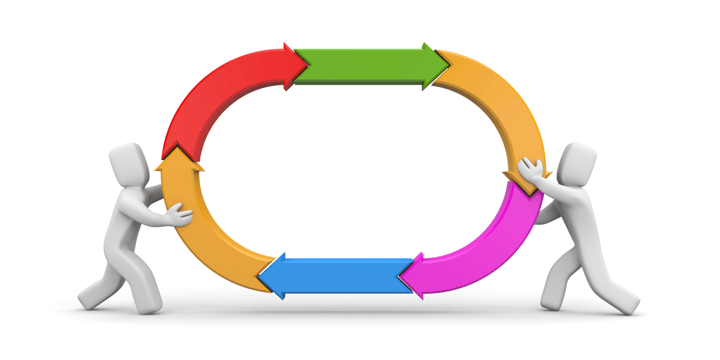 Lifecycle Stages
Lifecycle Stages
If you know what level of interest your prospects have, you'll be well positioned to move them closer towards a sale.
Think of it this way - imagine you're a server in a restaurant. If you know one customer is a vegetarian, one has a love for craft beer, and the other is on a diet, would this help you increase their final tab?
You'd probably direct their attention to the respective menu items, thus delighting your customers, saving yourself time and ultimately selling more.
This is essentially what you're able to do with an effective inbound marketing strategy that draws on customers' lifecycle stages to determine what sales and marketing actions to take next. The typical customer lifecycle stage tends to proceeds in the following order: Subscriber, Information Qualified Lead (IQL), Marketing Qualified Lead (MQL), Sales Qualified Lead (SQL), Opportunity, Customer, and Evangelist.
We're going to break down these lifecycle stages here to give you some more clarity, but I'm going to use an analogy for each of these that we're all very familiar with - dating! This will help you to understand the relationship between you and the prospect at each of the lifecycle stages.
Subscriber
A subscriber is a prospect who has given you consent to send them information about your company.
When it comes to dating, this is where you might frequent that coffee shop where there's that really cute barista that catches your eye. And then one day, after much debate, you decided to ask for his or her phone number. That's the extent of the relationship right now. You've been given expressed consent to communicate with them. They are nowhere near being ready to marry you, so "proposing" to them in the form of a promo or offer at this point would be a huge turn-off. You need to take it slow and nurture this relationship if you want it to work.
Think of subscribers as window shoppers. They’ve shown some interest in your company by becoming subscribers, but they haven’t directly expressed interest in buying a home. You don't know much at all about them, so don’t push them - you run a high risk of turning them away from your company!
The reality is, you have no idea where these prospects are in their buyer's journey. Perhaps they’ve just started thinking about a brand new home and they subscribed to your blog because they found one of your articles helpful and informative. They might need another six months before they're financially ready to buy a home.
But don't be mistaken - your subscribers are still very valuable even if they aren't immediately ready to buy. Customer Relationship Management (CRM) software such as HubSpot allows you to track your contact's behavior and activity, and lets you know once they've advanced to the next lifecycle stage. The more subscribers you have the better, as they filter down your funnel.
In order to get more subscribers, you need two things:
1) Something people can subscribe to (such as a newsletter or blog).
2) More traffic to your home builder website or on your social media accounts via lead ads.
The best ways to get more subscribers are:
- Optimizing your home builder website for search engines.
- Staying active on social media and promoting your content with paid ads.
We recommend sending your subscribers, at a minimum, a monthly e-mail with a recap of your company’s latest articles and updates. As they click on your blog posts, download your brochures and guides, and check out your social media accounts, you'll gain a better understanding of where they're at in their purchase journey.
Remember to take your time, provide them with helpful information on the home buying process. Once they express more specific interest, they become an information qualified lead!
 Information Qualified Lead (IQL)
Information Qualified Lead (IQL)
An Information Qualified Lead is a prospect who is actively searching for more information in regards to buying a home.
Back to our dating analogy, that cute barista is now starting to talk to you. He or she may be asking you about what you do, what your interests are and that kind of thing. The conversation is very high-level but you're both interested in seeing how things play out. But you're not going to start talking about marriage yet, because that would be weird, right?!
In the digital marketing world, it's characteristic of IQLs in this lifecycle stage to show interest in what you do. This can be implicit or explicit.
An example of explicit interest is emailing your company with questions about a community or showhome, or maybe asking a question by sending a message to your Facebook page.
Implicit interest would be something like downloading a specific piece of gated content from your website with a title like "5 Important Questions To Ask Before Purchasing Your Next Home".
An appropriate marketing action to take with an IQL is to send them more information on the thing they are specifically showing interest in - just don't overdo it and become "spammy".
If you want more Information Qualified Leads, you're going to have to create more opportunities for you to discover what your prospects are interested in. A good way to do this is by developing various premium content pieces for your website!
Marketing Qualified Lead (MQL)
A Marketing Qualified Lead is someone who is seriously considering buying a new home. In fact, they have passed the Awareness stage of their home buyers journey and are entering the (you guessed it), Consideration stage!
And as far as things are going with that barista, well you've finally gone out on a few dates. Things are staying light and friendly, but you're starting to feel some more chemistry for each other. There's definitely something there. Conversations are getting a little deeper and you find yourselves spending more time thinking about one another. But you're still nowhere ready to "pop the question!"
At this stage, a prospect who is interested in buying a home will be visiting your website more often and poking around. They'll be spending more time looking at what communities you build in and what models you have available.
An appropriate piece of content to send them now would be one that educates them on how to choose the right builder to work with. You can even start to position yourself a little bit now as the best choice but do it subtly.
As you continue to nurture your MQLs, at some point they will reach out and expresses significant interest in your offering...
And NOW you have a Sales Qualified Lead.
Sales Qualified Lead
A Sales Qualified Lead is the typical lead most sales reps are used to getting. They've either requested to be contacted, or have contacted a sales rep directly.
Returning to our dating analogy, you and that barista are a "thing" now. Going steady and committed to your relationship. Congrats! But don't be too fast to pop the question. You still need to do your "qualifying".
It is this lifecycle stage where a prospect is handed off from Marketing to Sales. The first step for your sales rep is to make a sales call and start a conversation around wants, needs, timeframe, and any other information you need to grab during your normal sales process. The big thing to keep in mind here is to make sure to ask first when is the best time to have a conversation - phone calls during work hours or important engagements can be disruptive. Make sure to follow up promptly and make yourself available. Be helpful by providing excellent information and answering questions the prospect asks.
Opportunity
A prospect in the Opportunity stage is a legitimate sales prospect that will likely buy. Your sales reps have gone through their qualifying process and are now working the prospect.
Where are things with the barista? You're in love! Awww. You're talking about future plans to get married and what your life together will look like. And now you're waiting for the perfect time to pop the question.
You're certain your home buyer lead is going to shout out a resounding "Yes!" when you get down on one knee with a ring (aka the sales contract) in hand.
There's not too much more to say about this lifecycle stage. Nothing is solidified until a contract is signed and you've handed over the keys, but this is the part of the process in which all of those little details are ironed out.
If your prospect says "yes" and signs a contract, then they become a customer.
 Customer
Customer
This is our favourite lifecycle stage - we’re guessing it’s yours too? Finally, your prospect has become a customer and they’re ecstatic about purchasing a new home.
And more good news? The barista said yes! (Or maybe you said yes to the barista... who knows how it went down).
However, this isn’t the final lifecycle stage. You’ve already put so much work into nurturing your leads into customers - why waste an opportunity to ask for an online review or testimonial?
The more positive reviews and testimonials you have, the better because that social "proof" is invaluable. Having a great reputation online will encourage even more prospects to buy from your company.
Don't miss out on your opportunity to capitalize on the honeymoon stage. Make sure your new customer has a smooth transition into their new home and ask for that review right away!
When you really impress your customers, they advance to the final "bonus" lifecycle stage: they become evangelists.
Evangelist
When a customer becomes an Evangelist, they are excited to tell other people about how wonderful you are. Who better to sing your praises than happy customers? It's great for business!
Going back to that cute barista who is now your significant other though, this is where our analogy starts to fall apart. We're not so sure how your partner would feel about being promoted to others... er... awkward...
However, in the world of marketing, you want everyone to be shouting out great things about your company. Make sure to respond to your customers' questions, concerns, and feedback - especially on social media.
You could try sending out a complimentary bottle of wine or a move-in gift basket to congratulate your customer on their new home purchase. It's a small price to pay to make a great impression, especially if it means more word-of-mouth recommendations!
Plus, your loyal clients are way more likely to choose your company for their next home if they had a great experience with you the first time around. Show them you care, and extend your influence and your lifetime customer value!
Mastering the art of home buyer lead nurturing is not easy, but it's absolutely worth your while. It's the difference between a prospect marking your emails as spam and writing you off forever or falling in love with your marketing and purchasing one of your homes.
Lead nurturing using CRM software is extremely effective - but you've got to do it right. It involves not only creating a well-structured digital sales funnel but also fuelling the conversion process with great content promoted in the right context. To really nurture your home buyer leads properly, a team of home builder marketing professionals is best.
If you really want to take the plunge and invest in an inbound marketing strategy that works, you've got a couple of options. You could consider investing in some specialized training for your staff. Another option is to go ahead and hire an agency - many new home marketers simply outsource their inbound marketing efforts to free up more time for other marketing activities, such as promoting show home openings and increasing social engagement. This option tends to be more cost-efficient.
Regardless of your approach, make sure to thoroughly consider your digital process of nurturing home buyer leads. If you'd like to learn more, click the button below to download our complimentary guide: A Step-by-Step Guide to Driving More Qualified Leads to Your Showhomes and reach out to our team if you have any questions!

